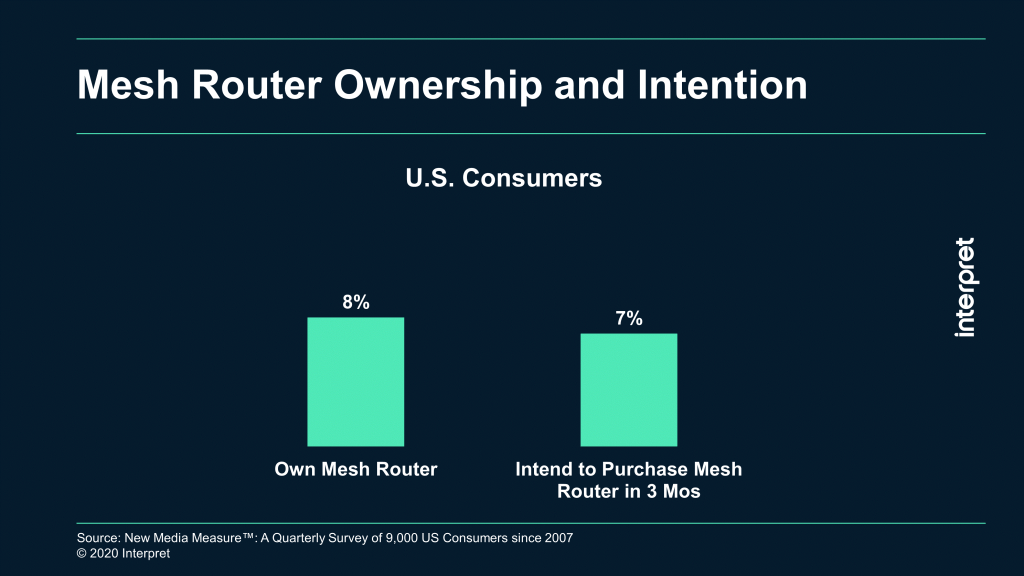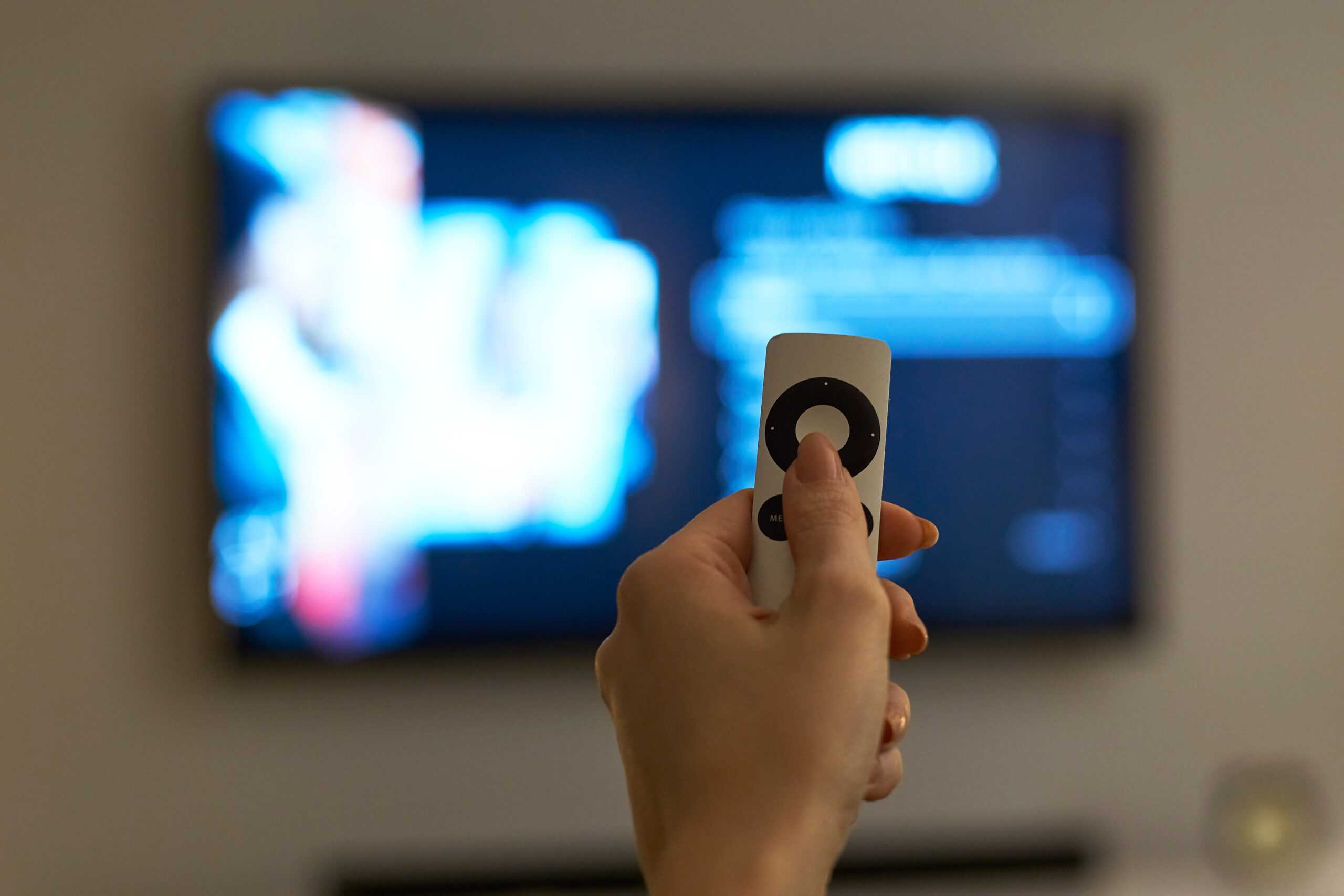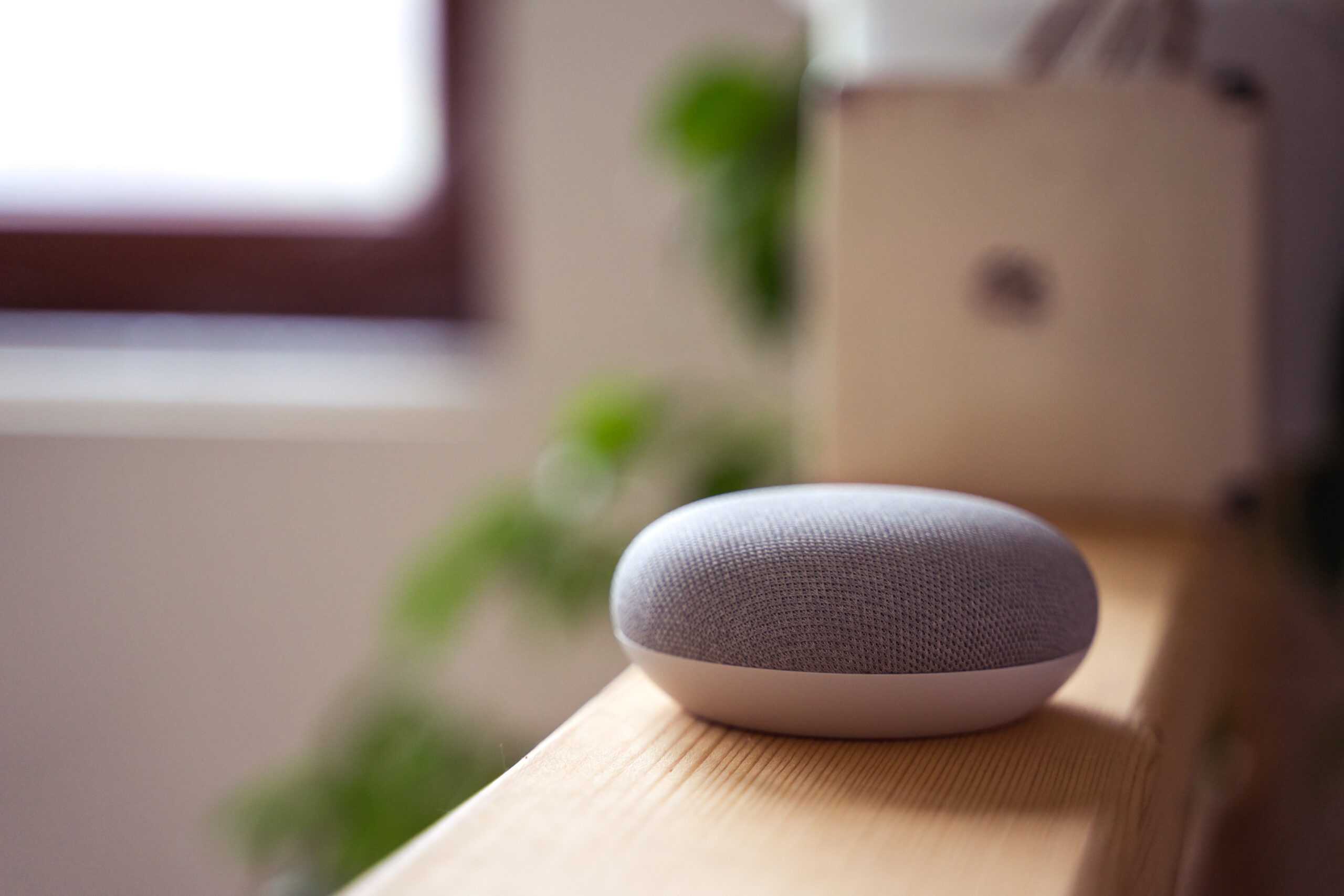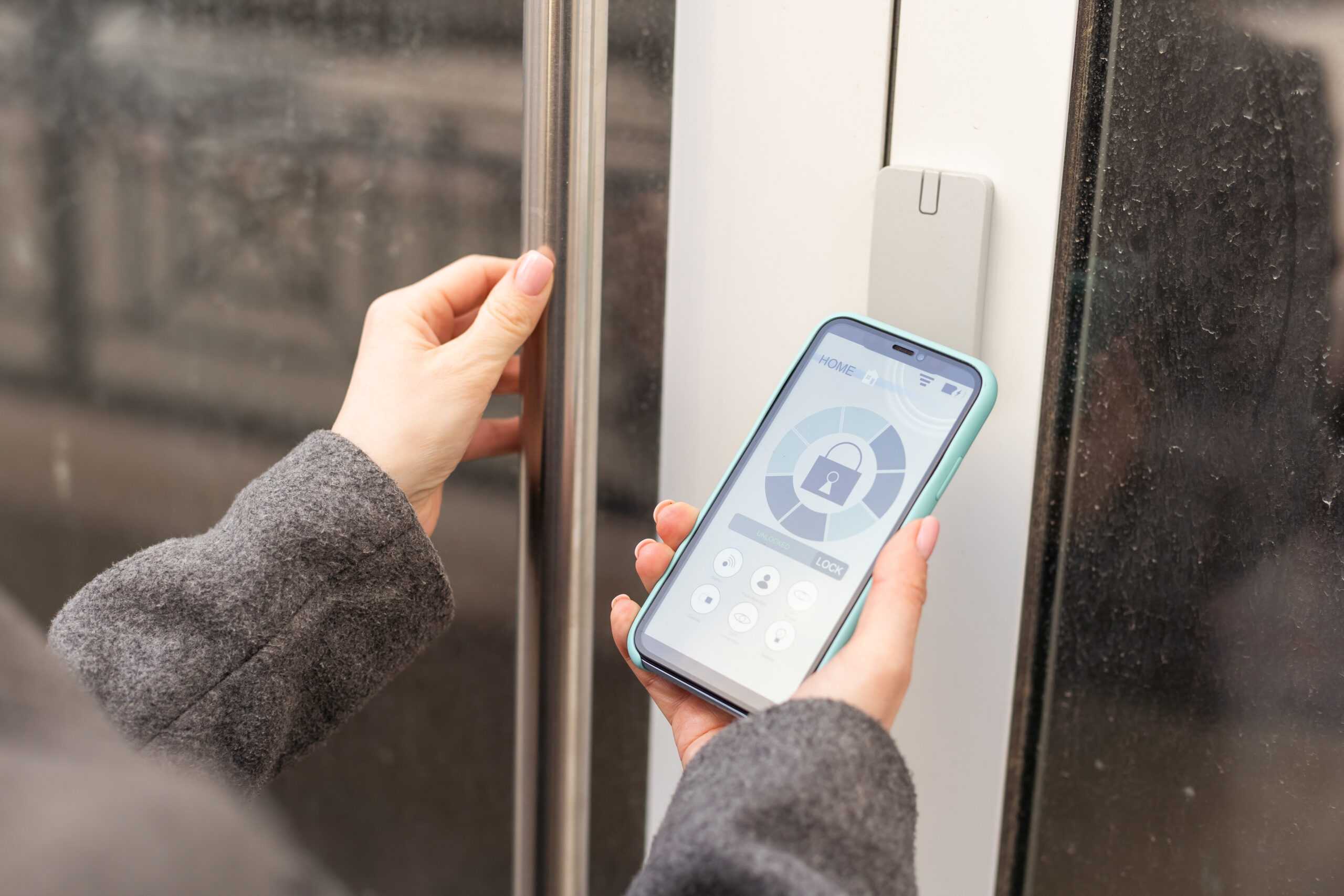A common complaint in the age of COVID-19 is unreliable internet service to the home. Increased usage of connected devices across millions of homes appears to be straining the internet infrastructure. According to Variety, US homes have an average of 11 Wi-Fi connected devices and that number is rising fast. With most new TVs being smart TVs, streaming video to televisions, game consoles, PCs and tablets are a growing strain on home networks. Wi-Fi 6, the next generation standard in Wi-Fi technology supporting a 6GHz band, could be a possible solution.
Wi-Fi 6 is theoretically 2.5 times faster than Wi-Fi 5, and offers four times as much bandwidth, while using less battery power. The increased speed and bandwidth should be particularly useful for online gaming and streaming of 4K video content, assuming the incoming internet signal from a user’s ISP is sufficient.
The industry is moving in the direction of adopting Wi-Fi 6, but it’s important to recognize that not all devices currently support the technology. Smartphones from Samsung, Apple, LG and Huawei support Wi-Fi 6, and computers from Asus, Dell, HP and Lenovo also do, but not Apple (although Apple’s latest iPads support the new standard). Moreover, the current crop of smart TVs and streaming media devices do not support Wi-Fi 6.
There’s a clear hurdle for the end user to enjoy the new standard. Consumers will need a new router – and that will not be supplied by an ISP or cable provider for a long time. The cost to upgrade is also going to give some consumers pause. Higher capacity routers available at retail frequently employ mesh network technology, meaning they come in kits of two or three devices spread around the home and typically cost $350 to $600.
According to Interpret’s New Media Measure®, 8% of consumers report already owning a mesh network router, and 7% intend to purchase one in the next three months. Wi-Fi 6 router pricing is likely to come down and support will grow as well, leading to further adoption in the years ahead. There’s also a Wi-Fi 6E technology in the works. A day will come when complaining about your home internet connection will be a relic of the past.







